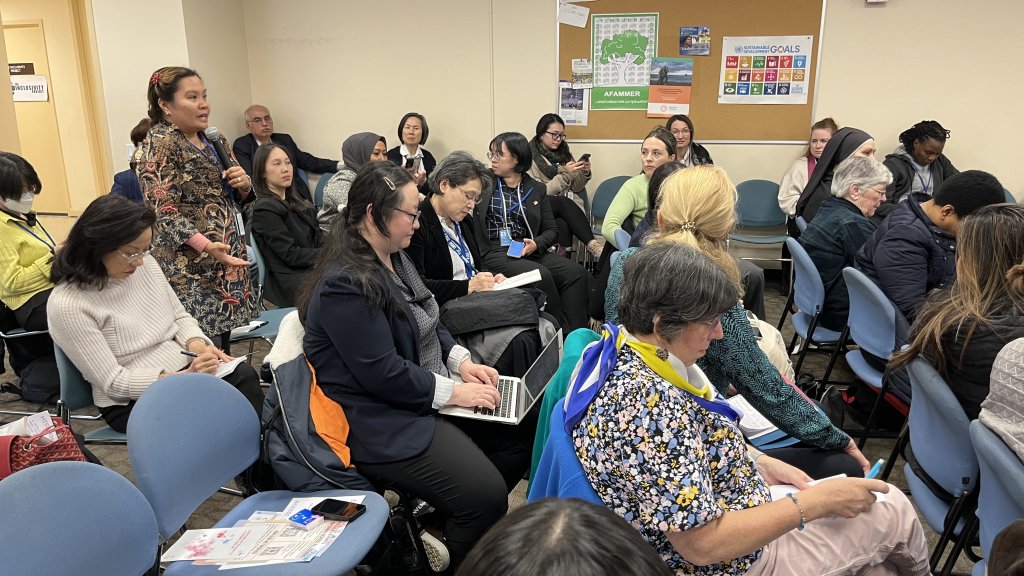On March 10, the Asian Network of Women’s Shelters (ANWS) and GOH jointly held a “From Visible to Invisible: Asian CSOs Confronting Digital GBV”NGO CSW67 parallel event. Key Women’s rights representatives, including the UN Women USA, Singapore’s Ministry of Social and Family Development, and the Soroptimist International, were here to hear speakers from Singapore, Hong Kong, India, GOH New York, and GOH Taiwan share their views on digital sexual violence in Asia. And how CSOs and governments can work together to combat this new form of violence.
The first speaker is from the Singapore Council of Women’s Organization (SCWO), Ms. Lorraine LIM, Deputy CEO of SCWO. She spoke about the issue of digital sexual violence in Singapore and introduced SCWO’s collaboration with SG Her Empowerment (SHE) to provide front-line services specifically for victims of digital sexual violence, SHE provides hotlines for victims of violence, counseling, legal and public education, and works with the police and online platforms to combat digital sexual violence in Singapore. Lorraine shared that “everyone should feel safe not only in the physical world but also in the virtual one,” and will work with women’s organizations in Singapore to combat digital sexual violence.
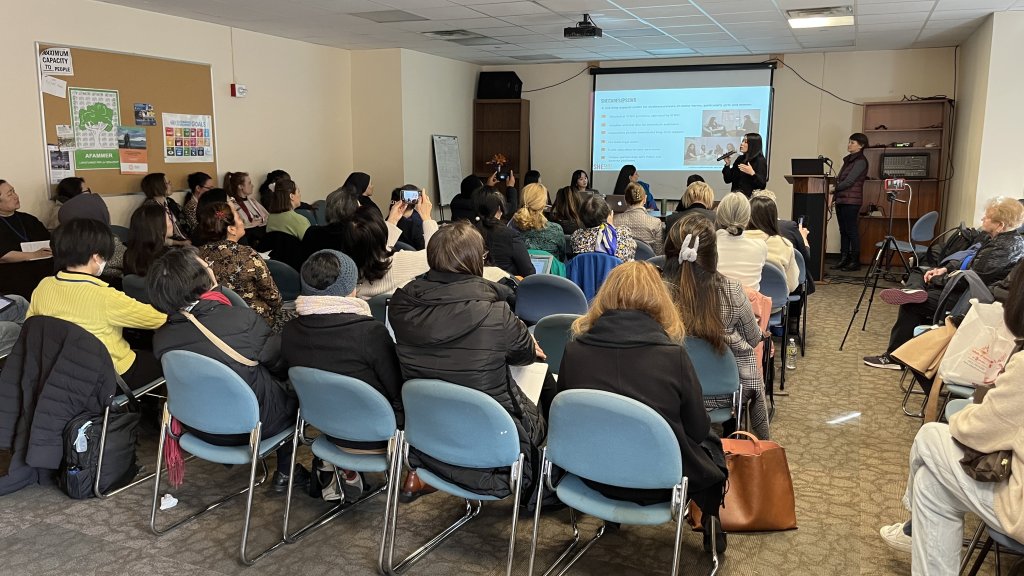
The second is Jacey Kan, Senior Advocacy Officer of the Hong Kong Association Concerning Sexual Violence Against Women (ACSVAW), who shared about the digital sexual violence issues in Hong Kong. Currently, their services focus on providing victims of nonconsensual distribution of intimate images and related violence, such as counseling, legal support, takedowns, education, law advocacy, etc. In 2021, Hong Kong passed an amendment to the Crimes Ordinance to make distributing intimate images without consent an offense. ACSVAW also launched its takedown Assistance program in 2021 and assisted 63 survivors, making 158 takedown requests, 1,053 returns, and an 86% takedown rate. They stressed that “education” is a very important part of the prevention and treatment of digital sexual violence, especially for bystanders, because only by not clicking, not downloading, not sharing, not commenting, and not ignoring can we really stop digital sexual violence.
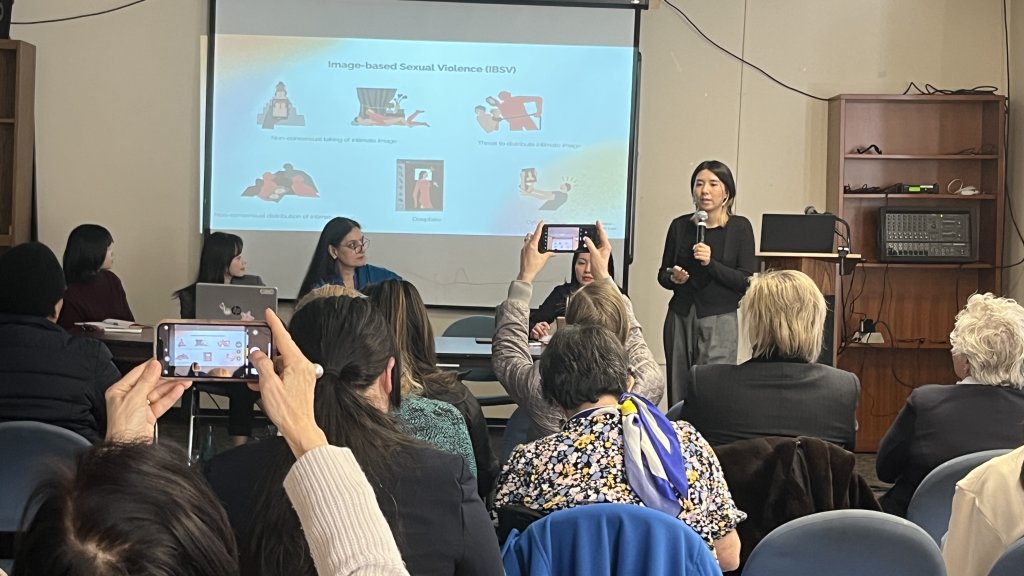
The third was a report on the impact of digital sexual violence in India by Ritu Sahi, a Board Member of the International Foundation for Crime Prevention and Victim Care (PCVC), Ritu shared a story about a survivor, Aparna, from which we learned that many survivors of digital sexual violence in India were more victimized and affected during the pandemic. In addition, many survivors were also hesitant to seek help for fear that others will blame them if they learn about their experience, rather than choosing to help them. PCVC assists many survivors like Aparna in India and offers a variety of services, as well as partnering with international hotlines such as Lila.Help and StopNCII to combat digital sexual violence.
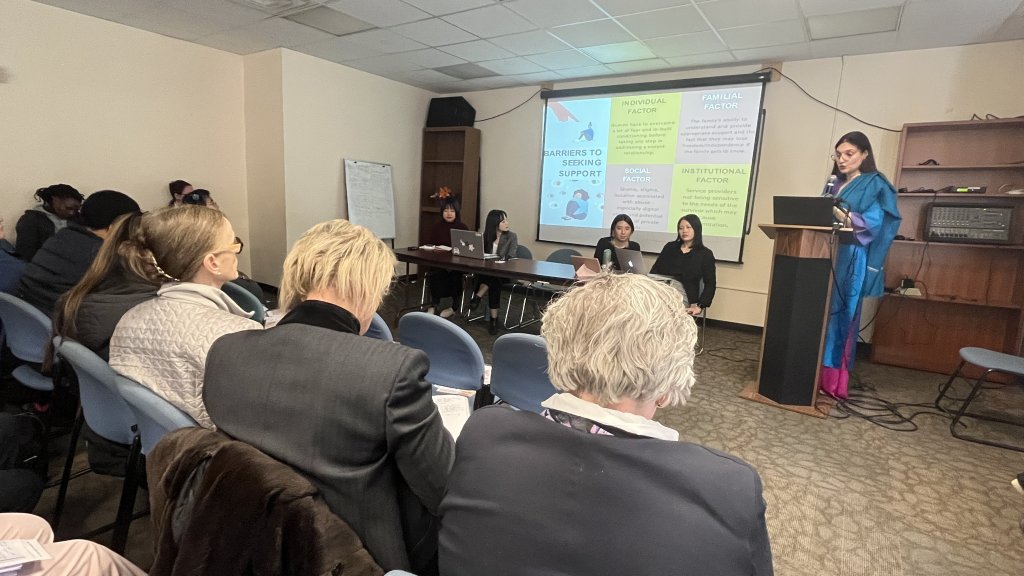
Fourth is Lynn Cai, a social worker from The Garden of Hope New York, who introduced the impact of digital sexual violence on the Chinese-speaking community in New York. They found that digital sexual violence happens very frequently in the Chinese-speaking community. They also found that students with depressive symptoms were four times more likely to have been subjected to digital dating violence and that students who had sent Sexting messages were five times more likely to have been subjected to digital dating violence than those who had not. She provided the participants from Asian countries with an understanding of the situation of digital GBV within the local Asian community in NYC.
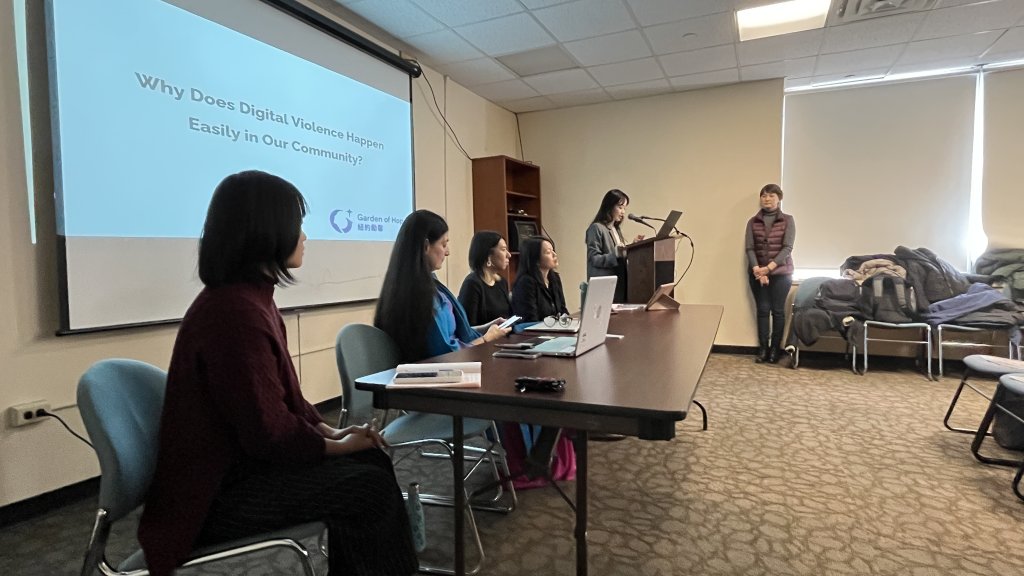
Finally, Ms. Ingrid Yeh, head of the International Affairs Division of GOH, spoke on the current situation of digital sexual violence in Taiwan and how the government and civil society can work together to address the issue. She mentioned that earlier this year, Taiwan passed amendments to the four-law joint defense law to strengthen the crime and prevention of nonconsensual distribution of intimate images. She shared what GOH has seen in our services and explained our commitment to this issue and our determination to create change in society.
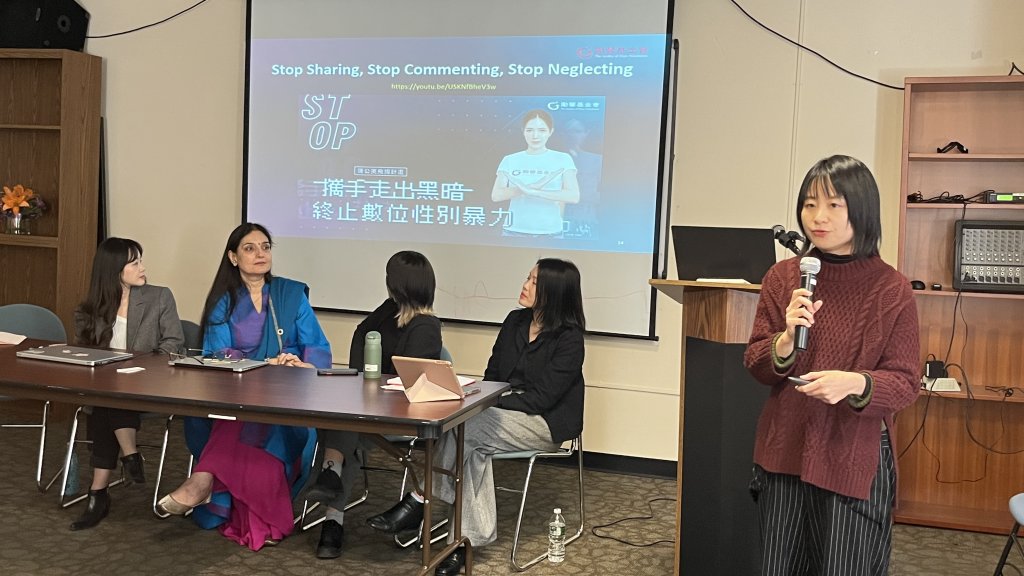
After listening to the wonderful sharing by our five speakers, the audience raised several questions, such as what stakeholders need to be engaged in the fight against digital sexual violence and what needs to be done to prevent it. In addition, several audience members shared that they had gained a great deal from this parallel event. They even thought it was the best event they had heard so far in NGO CSW67. We were very moved and honored, and we believed that it was extremely important and necessary to add the voice of Asia to the global community.
GOH will continue to speak out and advocate for survivors in Asia and around the world.
